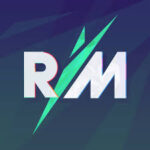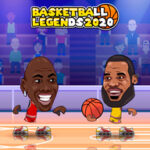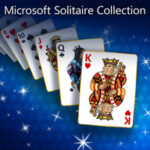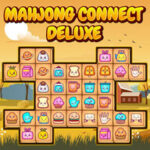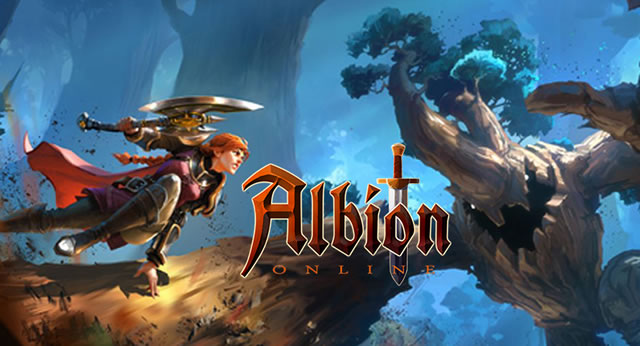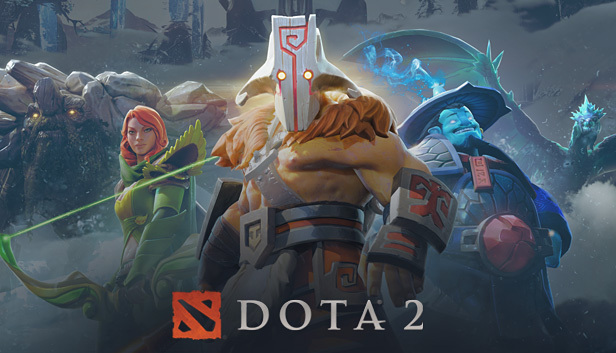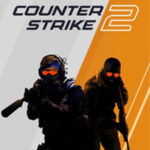Introduction
Since the original God of War debut in 2005, the series has evolved from visceral Greek mythology carnage into a profound saga of redemption, fatherhood, and identity. From its brutal, blood-soaked beginnings on the PS2 to its critically acclaimed Norse-era reinvention and the epic Ragnarök, God of War stands as one of gaming’s most influential franchises.
This expert-level guide explores its decade-and-a-half journey: delving into each major title, thematic shifts, mechanics, narrative evolution, and technical development. Through ten structured sections, we’ll analyze what makes each entry unique, summarize pros and cons, and offer a final expert rating.
1. Origins: God of War (2005)
A New Action Benchmark
Launched on the PS2, God of War introduced Kratos, a rage-fueled Spartan warrior, in a cinematic beat-’em-up blending puzzles and platforming. It made waves with its fast-paced combat and visceral finishers.
Critical Success & Legacy
Praised for creative design and exhilarating action, critics lauded its polish despite camera and replayability quirks. It sold over 4.6 million copies, winning multiple Game of the Year awards .
2. Expansion: God of War II (2007)
Bigger Scale, Refined Gameplay
Transitioning from legendary beginnings, God of War II refined its formula. Kratos’s revenge quest introduced larger enemies, improved traversal, and tighter combat systems.
Universal Acclaim
The game received acclaim for its polished mechanics, expansive levels, and cinematic storytelling—considered among PS2’s best .
3. Final Act: God of War III (2010)
Epic Scale, Flashy Execution
Debuting on the PS3, God of War III delivered titan-sized battles, jaw-dropping visuals, and deep combat systems.
Mixed Legacy
Though celebrated for graphics and scale, critics noted chaotic level design and payload combat challenges. Many felt the narrative ended on an overrated note .
4. Experimentation: God of War: Ascension (2013)
Prequel Without Depth
As a standalone piece, Ascension explored Kratos’s past, but faced criticism for awkward tone and sexist trophy content—later patched .
Commercial Performance
Although successful, it sold less than God of War III, marking a commercial downturn for the series.
5. Reinvention: God of War (2018)
From Greek Rage to Norse Pathos
Marking a generational shift, this PS4 reboot introduced a quieter, weathered Kratos raising his son, Atreus. Its one-shot camera, mature narrative, and father-son dynamics earned critical praise.
Mechanics & Story Sophistication
Featuring RPG-style upgrades and Norse landscapes, combat was weighty and rewarding. Though boss quantity was limited, overall pacing and balance were widely praised .
6. Continuation: God of War Ragnarök (2022)
A Grand Sequel
Building on its predecessor’s foundation, Ragnarök expanded in scope with nine realms, more puzzles, deeper RPG mechanics, and cinematic combat.
Critical & Commercial Triumph
With near-universal acclaim (Metacritic 94/100), it became Sony’s fastest‑selling first‑party PS game, exceeding 15 million copies sold. Critics noted some backtracking and minor puzzles, but overall performance was stellar.
7. Technical Evolution & Performance
Graphics Across Generations
Each installment pushed its platform’s limits—from PS2 to PS5. Ragnarök shines visually, though cross-gen constraints muted full next-gen dominance .
Performance Trade-offs
On PS5, Ragnarök hits 60 FPS and supports 120 Hz. PC performance (via Ragnarök port) has also been praised, though early PC porting inconsistencies persist.
8. Narrative & Thematic Depth
Kratos' Emotional Arc
From murderous Spartan to reflective father, Kratos embraces maturity and vulnerability. However, some critique paternal 'dadification' and lingering reliance on past violence tropes.
Atreus and Norse Lore
Atreus evolved significantly, culminating in revelation as Loki. However, some developers question whether Atreus can attract future lead roles.
9. Community Reception & Critique
Critics & Players
Both 2018 and Ragnarök earned high praise in reviews and forums. Some players felt Ragnarök grew bloated in plot/size, and camera limitations began slowing momentum .
Bug Reports & Replayability
Minor glitches—dialogue loops, engine hiccups—have been noted, but overall polish remains high. Replay value is solid but competes with narrative closure .
Expert Rating (out of 5)
| Aspect | Score |
|---|---|
| Visuals & Presentation | 4.9 |
| Narrative & Character | 4.8 |
| Combat & Gameplay | 4.7 |
| Technical Performance | 4.5 |
| Innovation & Scope | 4.6 |
| Replay & Longevity | 4.3 |
| Overall | 4.7 |
Conclusion
God of War stands as a masterclass in evolution—growing from intense mythological slasher to majestic narrative epic. Each major release advances single-player storytelling, world-building, and technical achievement. While no game is flawless—Ragnarök may feel overstuffed, and camera choices can frustrate—Santa Monica Studio consistently delivers cinematic depth and gameplay spectacle.
For action-adventure fans, God of War isn’t just a series—it’s a journey of growth, legacy, and emotional resonance. Rated 4.7/5, it’s a franchise that continues to leave a legendary mark on gaming and narrative artistry.










